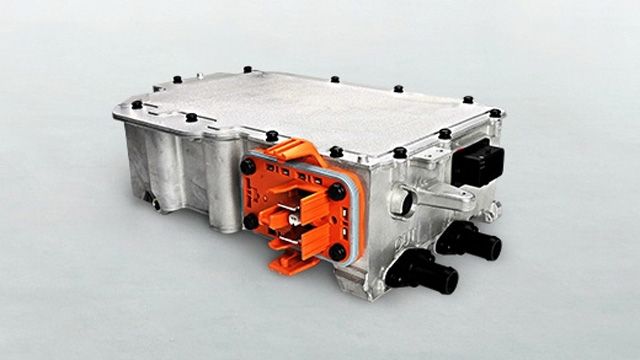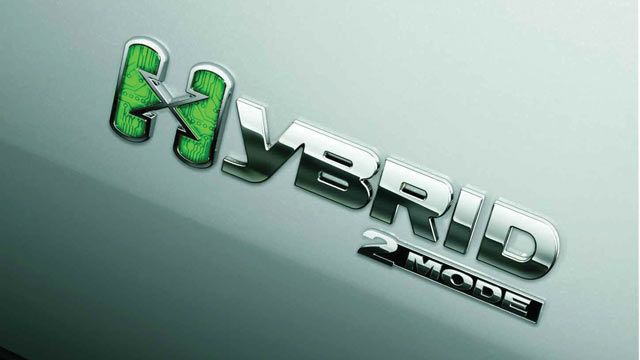Using MATLAB and Simulink, educators can:
- Teach electrical circuit design for motor control and power system modeling.
- Enhance foundational curricula using dynamic visualizations.
- Implement virtual labs to teach circuit design and signal analysis.
- Use project-based learning with MATLAB and Simulink Challenge Projects nominated by industry leaders.
- Provide practical experience through integrated hardware support and embedded code generation.
- Engage with an active electrification community using File Exchange and GitHub.

Electrification Course Topics

Circuits
Simulink provides a visual environment for designing and simulating circuits, making it easier for students to analyze complex circuit systems. Students can construct circuit models using blocks that represent various components such as resistors, capacitors, inductors, and operational amplifiers. This approach helps them visualize the connections and interactions between circuit elements, enhancing their understanding of circuit behavior.

Power Electronics
Power electronics focuses on the study and application of electronic devices for the control and conversion of electrical power. It involves the design, analysis, and implementation of power electronic converters, such as inverters, rectifiers, and DC-DC converters. Students can build control designs, optimize or estimate system performance, or perform real-time hardware-in-the-loop simulations.
Featured Offerings

Power Systems
Power systems is concerned with the generation, transmission, distribution, and utilization of electrical power. It involves the design, operation, and management of large-scale electrical power systems, including power plants, substations, transformers, transmission lines, and distribution networks.

Renewable Energy
Using MATLAB and Simulink, students learn about renewable energy systems and their design as well as power generation, transmission, and storage. Topics range from grid-forming battery storage systems to power-voltage panels for solar arrays, and even wind-turbine generator models. Students can build on their foundational knowledge to understand theory and application at the systems level.

Featured Offerings
- Self-Paced AI Online Courses
- Signal Processing and Machine Learning Techniques for Sensor Data Analytics
- Battery State of Charge Estimation Using Neural Networks
- Neural Network Design for State of Charge Estimation
- Reinforcement Learning for Field-Oriented Control of a Permanent Magnet Synchronous Motor










